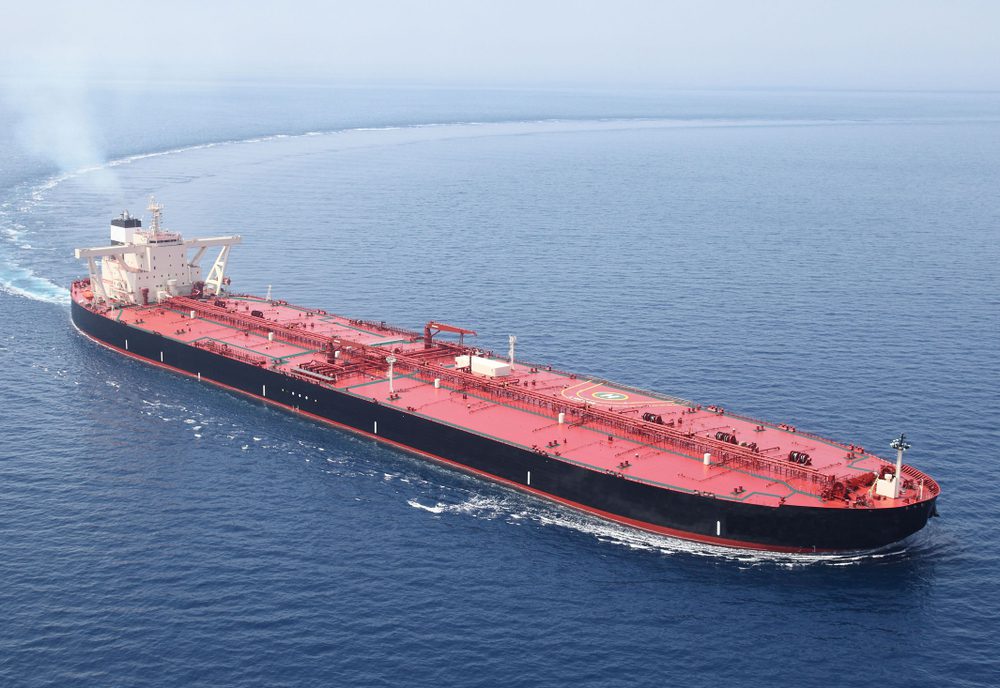By Mike Wackett (The Loadstar) –
Against a background of extremely weak demand forecasts, ocean carriers are preparing to blank around half their advertised sailings from Asia to North Europe and the US after Chinese New Year on 22 January.
High inventory levels in Europe and the US, coupled with uncertainty surrounding future consumer demand, has seen orders cancelled or postponed, resulting in Chinese factories preparing to shut down well ahead of the CNY holiday.
For example, apparel marker Inditex said in its earnings call this week its inventory levels on 31 October were 27% higher year on year, and 15% higher on 8 December. It would not be drawn on its orderbook for next year.
In its latest North America market update, Maersk said this year “more shippers are opting to wait until the holiday period concludes, as stocks shipped earlier in 2022 are already in position to fulfil demand”.
Meanwhile, after several consecutive weeks of double-digit falls, container spot market indices plateaued this week, suggesting the bottom may have been reached.
For example, on the transpacific, the Asia-US west coast component were all virtually unchanged on the week, with Xeneta’s XSI recording an average rate of $1,496 per 40ft. While, for the east coast, Drewry’s WCI edged down just 1%, to $3,952 per 40ft.
Indeed, joining the port of Los Angeles monthly media briefing this week, ONE CEO Jeremy Nixon said he expected short-term rates would remain flat into 2023, and added: “I think we are effectively on the bottom of those spot market rates.”
But he warned of a “big drop” in exports from Asia after the CNY holiday, and a “very soft” February and March.
“Let’s see whether demand starts to push back up around April/May time,” he said.
Elsewhere, on the Asia to North Europe tradelane, the average spot rates recorded by the publishing indices this week ranged from a reading of $2,167 per 40ft by the Freightos Baltic Exchange, down to $1,674 per 40ft by the WCI.
However, reports to The Loadstar indicate that space is becoming tight for sailings to North Europe prior to CNY.
And many annual contract negotiations for the route – traditionally finalised in December or January – appear to have stalled, as neither shippers nor carriers want to commit in the uncertain market conditions.
Spot rates from Asia to Mediterranean ports were also stable this week, with, for instance, the WCI reading unchanged at $2,909 per 40ft.
The transatlantic tradelane remains the outlier, with headhaul North Europe to US east coast short-term rates still at least three times higher than before the pandemic. In fact, this week’s XSI reading for North Europe to the east coast rates even ticked up slightly, to $7,189 per 40ft.
The strength of the US dollar against the euro and sterling, along with the increased focus on sourcing product from Europe instead of China, has enabled the trade to stay robust despite the downturns elsewhere.
Nevertheless, according to Sea-Intelligence, freight rates are about to nosedive on the tradelane, due to a huge 43% year-on year injection of capacity on the route.
“Spot rates on the transatlantic are primed to collapse in the coming months,” said the consultant.
The Loadstar is known at the highest levels of logistics and supply chain management as one of the best sources of influential analysis and commentary.

 Join The Club
Join The Club











